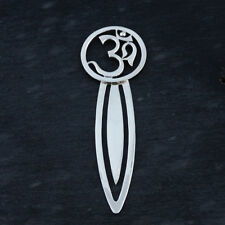
The Tibetan Om Symbol: A Detailed Multidimensional Introduction
The Tibetan Om symbol, often depicted as a three-lettered syllable “AUM,” holds immense significance in Tibetan Buddhism and Hinduism. This sacred symbol is not just a visual representation but a profound expression of the universe’s essence. Let’s delve into the various dimensions of the Tibetan Om symbol.
Origins and Historical Significance

The Om symbol has its roots in ancient India, where it was used in Vedic texts and rituals. It is believed to be one of the oldest symbols in the world, with its origins dating back to the Indus Valley Civilization. In Tibetan Buddhism, the Om symbol is considered the sound of the universe and is often used in meditation and rituals.
Symbolic Meaning

The Om symbol is composed of three letters: “A,” “U,” and “M.” Each letter holds a unique meaning:
| Letter | Meaning |
|---|---|
| A | Creation and manifestation |
| U | Preservation and sustenance |
| M | Transformation and liberation |
Together, these letters represent the cycle of creation, preservation, and transformation that is the essence of the universe.
Visual Representation

The Om symbol is typically depicted in various forms, including:
-
As a three-lettered syllable “AUM,” with each letter written in a specific order and style.
-
As a circle, representing the infinite nature of the universe.
-
As a triangle, symbolizing the three realms of existence: the physical, the mental, and the spiritual.
Practical Applications
The Om symbol is used in various ways in both Tibetan Buddhism and Hinduism:
-
In meditation: The Om symbol is often used as a meditation mantra, helping practitioners focus their minds and achieve a state of inner peace.
-
In rituals: The Om symbol is used in various rituals and ceremonies, serving as a symbol of reverence and devotion.
-
In art and architecture: The Om symbol is frequently used in Tibetan art and architecture, adorning temples, thangkas, and other sacred objects.
Cultural Significance
The Om symbol holds great cultural significance in the Tibetan community. It is considered a sacred symbol that represents the connection between the individual and the universe. In Tibetan culture, the Om symbol is often used as a sign of respect and is considered a powerful source of positive energy.
Conclusion
The Tibetan Om symbol is a multifaceted symbol that represents the essence of the universe, the cycle of creation, and the connection between the individual and the cosmos. Its significance extends beyond its visual representation, as it is used in meditation, rituals, and cultural practices. The Om symbol is a powerful reminder of the interconnectedness of all things and the infinite nature of existence.






